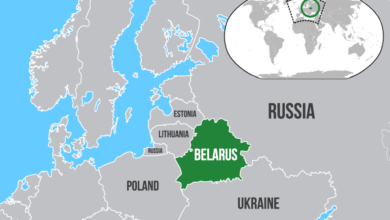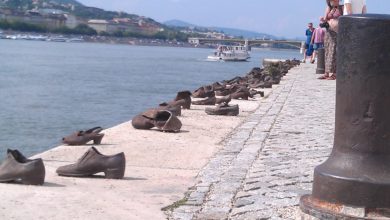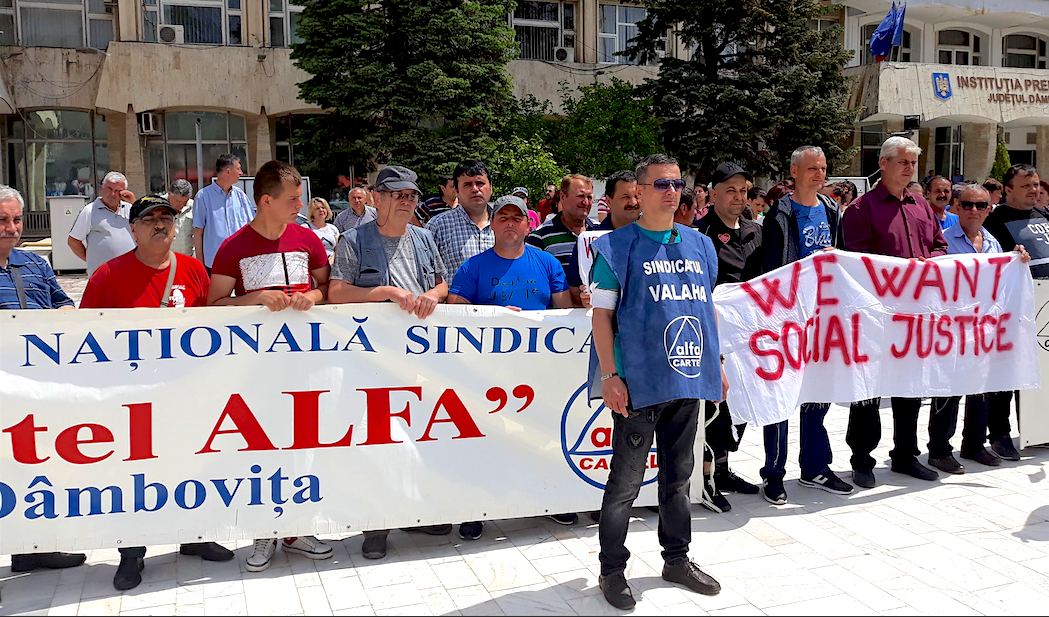Echoing a statement made by many protesters in Occupy movements across the world, Romanian protester Sorin said: “We are here to protest, we cannot face it any more, we have no money to survive, our pensions are so small, the expenses are more than we can afford. It’s no way to live.”
Sorin, like thousands of other Romanians, has engaged in mass protests that have threatened the stability of the current government and highlighted the great crisis facing the majority of the nearly 22 million people of the country.
On Jan. 12, over a thousand protesters took to the streets after popular Deputy Health Minister Raed Arafat resigned to protest new privatization measures. After the first day of protests, President Traian Basescu dropped the proposed reforms. The health minister has since been reinstated.
The single issue was only a spark, however. The protests quickly spread to target widespread austerity measures that have included a 25 percent cut in public salaries, major job losses, a 5 percent value-added tax increase, pension freezes and deep cuts to social services. The austerity measures were required by a 2009 International Monetary Fund loan of $27 billion.
For four straight days, thousands of Romanians protested in over 40 different cities. The police responded violently and 59 people—49 civilians and 10 police officers—were injured. Demonstrations continued for weeks.
Poverty, injustice and corruption are widespread in Romania, and have their roots in the 1989 coup that sealed the overthrow of the socialist state.
Socialism in Romania developed with contradictions and in fits and starts. Romania before World War II was under fascist rule in alliance with Nazi Germany, and was liberated by the Soviet army at the end of the war, as much of Eastern Europe was. Therefore, a thoroughgoing revolution did not completely root out reactionary elements in society. Yet, the banks, corporations and industries were nationalized by 1948 and agriculture was collectivized in following years.
Over the decades, the government began to distance itself from the Soviet Union and pursue an “independent” road of development, which led to indebtedness to the West and imperialist banks. The government had been attempting pay off those debts prior to the victory of the counterrevolution.
Romanian socialism: better for people despite contradictions
Despite the contradictions, work and living conditions for the masses of people were far better than anything they face today. Health care was socialized. Education was fully public and free. Unemployment was low because a job was considered a right—not a privilege. Housing—although affected by poor planning in the 1980s and scarce resources throughout the state’s existence—was also a right.
With the dismantling of other eastern European countries like East Germany, counterrevolutionary forces began to mobilize and gain ground, with the help of the U.S. and European imperialists.
The assassination of President Nicolae Ceausescu and his wife Elena was carried out in 1989 by fascist counterrevolutionaries by summary execution on television. It was preceded by weeks of a U.S.-orchestrated hysteria, which falsely claimed that tens of thousands of people were murdered by the Ceausescu government.
Similar to the media lies against Libya before the NATO bombing, the imperialists’ claims were intended to create an internal crisis, while they armed the fascists. In the years following the coup, the socialist gains for the people were dismantled and capitalist tyranny reinstated.
In 1992, the privatization of 30 percent of the state-owned businesses was completed immediately. Between then and 2006, the vast majority of state-owned industry, utilities, enterprises and banks were privatized. Most of this was carried out under the direction of the IMF and World Bank. In the late 1990s, the floodgates for foreign corporations were opened wide to Romania’s resources.
In 2007, Romania joined the European Union. It was brought into the fold of the world capitalist machine completely—and its people subjected to the consequences. The 2008 recession hit Romania hard. Official unemployment figures—which do not fully represent the real number of jobless—hit as high as 7.8 percent and are now over 6 percent. The National Institute of Statistics estimates that unemployment will rise sharply in 2012, as many foreign corporations are exiting the country for lower labor costs, with some going to Morocco. The right-wing president, Basescu, announced that some 300,000 state jobs will be eliminated this year. This is due to the latest dictates of the IMF.
The overthrow of the Soviet Union and the demise of the socialist camp was a devastating setback for the working class of the world. This is more evident today in Romania than anywhere else. The restoration of capitalism has produced riches for a few Romanian capitalists and foreign banks and corporations, but widespread poverty for the masses. Since 1992, the population of Romania, which had been rising rapidly before the counterrevolution, has fallen by 16 percent.
The recent wave of protests across the country is an indication, like in countries across the world, that the contradictions of capitalism are breeding a resistance capable of fighting for the change our class so desperately needs—a new political and social system that serves the needs of the 99 percent.






